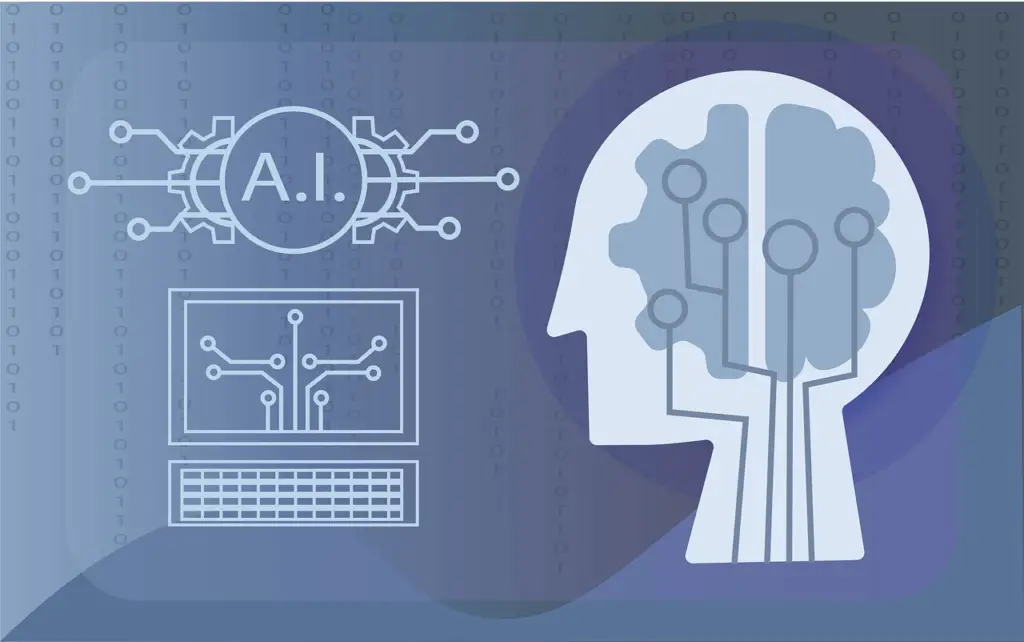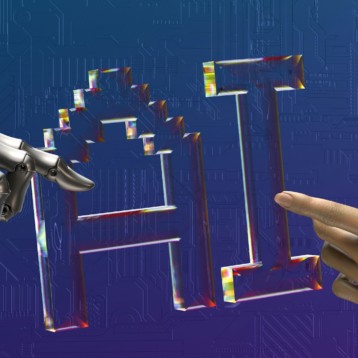
Despite a myriad of articles, research papers, and conversations regarding artificial intelligence and machine learning development, the predictions about its impact range significantly. The absolute majority agrees that AI is one of the keys to digital transformation and that it will change the business and job market forever. However, it’s still rather uncertain what the scale of this AI-enabled workforce disruption is, and what organizations need to do to tackle it best both ethics- and business-wise.
Since the beginning of AI hype, we have started to see countless articles arguing that a large chunk of the global workforce is at risk of becoming redundant due to AI automation. In 2013, research by the University of Oxford stated that almost half of the jobs in the US are at risk of loss due to automation. In 2016, Forrester researchers estimated that 16% of employees will lose their jobs by 2025. In a recent 2021 research by McKinsey, it’s predicted that only 6% of workers are at risk of a job loss.
Besides evidently huge gaps in these predictions, we can observe that they become less devastating for workers as time goes by. This can be explained by two factors:
- In general, businesses leverage the power of new technologies with a considerable delay. While the technology is there, wide-scale implementation requires far more time than it’s usually expected.
- Many jobs that were supposed to be replaced by AI were just augmented with the technology.
- At least for the incoming years, it’s about helping humans to work alongside machines, rather than layoffs.
Preparing for disruption
For any company, calculating the exact impact AI will have on their workforce or predicting what new specific skills will be in high demand is a very hard proposition. However, it’s rather certain that skillsets will become more digitally-oriented.
For example, in 2019, Amazon announced that it will invest $700 million to help 100,000 of its US employees to upskill and pursue more technical career opportunities. The program includes Amazon Technical Academy, which helps employees without a technical background to transition into software engineering careers, and Machine Learning University, which helps software engineers to learn AI skills.
Similarly, in 2018, AT&T determined that more than 100,000 of their employees will need more varied skillsets to stay relevant to the company’s digitization plans. The company has collaborated with online learning platforms such as Coursera and various universities to tackle their internal staffing demands. AT&T’s online portal dubbed Career Intelligence allows its employees to see available job openings, skills needed to apply for them, and how high the demand for a particular role is expected to be. Already a few years into the program, it gave every ambitious employee at AT&T a way to get clear carrier goals and a definitive education roadmap to achieve them.
It’s critical to note that these companies invest millions of dollars to upskill their workforce because they are confident that these decisions will bring tangible returns. Especially from the outside, it always seems that attracting new talent is easier than unfolding nationwide retraining programs. But talent scarcity is a real thing.
According to O’Reilly’s 2021 report, which surveyed more than 3,500 companies across the world, finding talent is the biggest barrier to AI adoption. Compared to previous large-scale technological and economic shifts, this one is happening too fast for relevant talent to emerge on the market.
However, it’s not only about mitigating the talent gap. Existing workers are also established members of the community, they know the organization’s structure, culture, and workflows, and are well-adjusted to the way things are done within the company. Providing these workers with free education will only make them more loyal and significantly boost employee retention overall.
To make such initiatives successful, it’s paramount to perform strategic workforce planning. Companies should assess the current composition and development of their workforce, define what new skills employees in each role will need to acquire, and design retraining programs. Most importantly, given that skill requirements are changing at an unprecedented pace, companies need to instill a continuous learning culture and collaborate with external institutions to develop comprehensive training programs. Recruiters also need to reevaluate their hiring strategies. Nowadays, with so many self-learning opportunities, assessing a candidate’s expertise without proper on-site testing becomes increasingly unreliable.
In a nutshell, regardless of how fast AI will change the nature of jobs, it’s all about providing employees with opportunities to learn role-specific skills ahead of time. Most importantly, these retraining initiatives need to be launched today. A big part of thriving in this new software-centric world is being adaptive to talent demands. Companies that struggle to solve their talent issues internally will have a hard time leveraging the unprecedented power that the AI technology offers.










